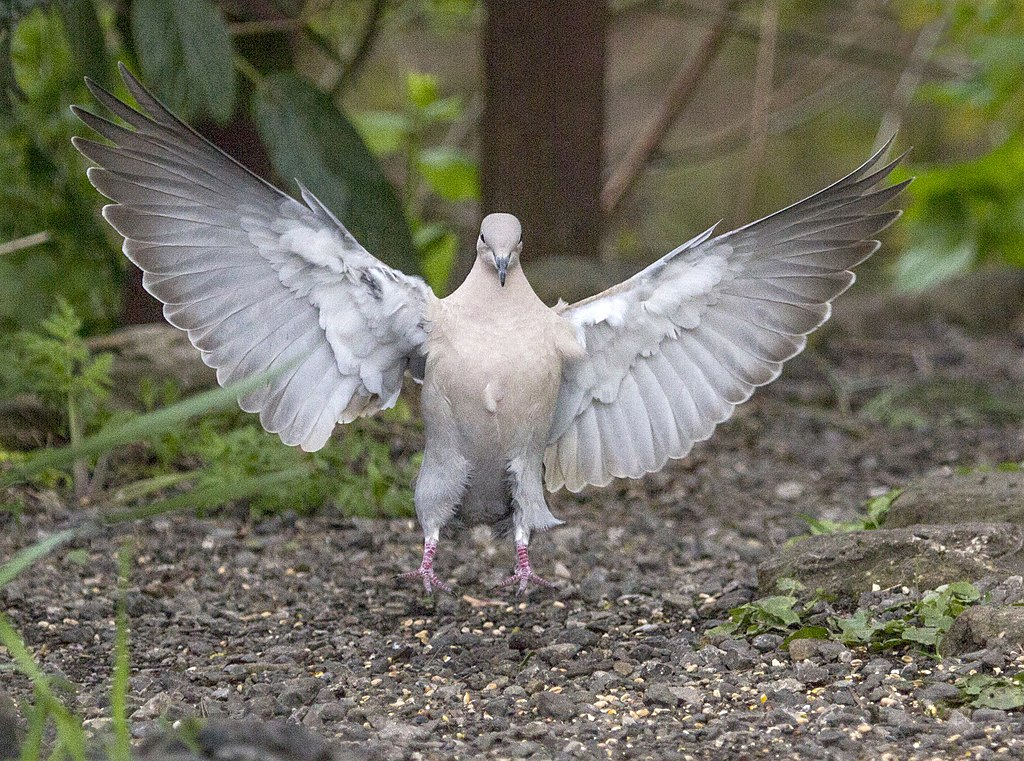Tag: Milk
-
Oxytocin: The Molecular Maestro of Love and Labor
Buckle up, hormone enthusiasts! We’re about to take a wild ride into the world of oxytocin, the “love hormone” that’s been playing Cupid in our bodies since the dawn of mammalian evolution. This tiny peptide packs a punch that would make even Hercules jealous! Picture this: a molecule barely 1007 Da in size, strutting around…
-
Lactalbumin aka whey protein
Lactalbumin, also known as “whey protein“, is the albumin contained in milk and obtained from whey. Lactalbumin is found in the milk of many mammals. There are alpha and beta lactalbumins; both are contained in milk. Targeted small scientific studies suggest that certain types of lactalbumin (whey protein) may improve immune responsiveness and increase levels of glutathione systemically in animals and which…
-
Microfold cells (or M cells)
Microfold cells (or M cells) are found in the gut-associated lymphoid tissue (GALT) of the Peyer’s patches in the small intestine, and in the mucosa-associated lymphoid tissue (MALT) of other parts of the gastrointestinal tract. These cells are known to initiate mucosal immunity responses on the apical membrane of the M cells and allow for transport of microbes and particles across the epithelial cell layer from the gut lumen to the lamina…
-
Transferrins
Transferrins are not limited to only binding to iron but also to different metal ions.
-

Columbidae anatomy and physiology notes
Overall, the anatomy of Columbidae is characterized by short legs, short bills with a fleshy cere, and small heads on large, compact bodies. Like some other birds, the Columbidae have no gall bladders. Some medieval naturalists concluded they have no bile (gall), which in the medieval theory of the four humours explained the allegedly sweet disposition of doves. In fact, however, they do have bile (as Aristotle had…
NOTES
- 🧬 Disease Table with Low Sodium Connection
- 🧂 Sodium Reduction and Sodium Replacement: A History of Reformulation and Exploding Diseases, Including Many Diseases Unheard of Before Deadly Sodium Policies
- 🧂 The DEADLY 1500 mg Sodium Recommendation predates the WHO’s formal global sodium reduction push by nearly a decade (and it’s even worse than that)
- 🧬 What Is Beta-Glucuronidase?
- When Sugar Was Salt: Crystalline Confusion and the Covenant of Sweetness
Tags
ADAM ASPARTAME Birds Blood Bones Brain Bugs Cancer Columba Cows crystallography Death Death cults Eggs Etymology Gastrin Gold Growth hormone History Hormones Insulin Liver Mere Perplexity Metal Monkey Business Mythology Paracetamol Plants Poison Pregnancy Protein Religion Reproduction Rocks Salt Slavery Snakes Sodium the birds and the bees Thiocyanate Tobacco Tylenol Underworld Venom zinc


